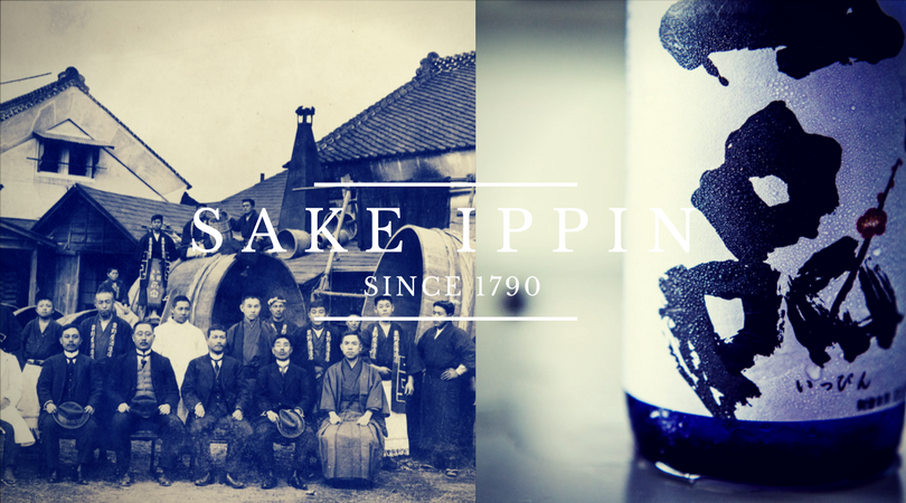 The Virtual World of Japanese Sake has opened the doors to what seems impossible or not practiced globally or, more specifically, Australia. Recently we have seen the importance of reaching out and being socially connected even while physically separated due to COVID-19. The ZOOM experience has allowed this to be possible and with it connecting with all countries throughout the world and bringing a united front of Japanese sake awareness together. Its been almost a decade since I have started my sake journey gaining and seeking as much knowledge about the sake world, and it never ceases to amaze me that the finer details of the making of Sake are of much importance to the end result. We always wonder what makes a sake brewery as unique than other sake breweries. Still, I recently found out there is no accurate or most straightforward way to answer this due to many factors happening in the Sake production. With our virtual interview session with my special guest Yoshikubo sake Brewery known as Ippin Sake Brewery with youngest descendant Mr Satoshi Yoshikubo viewers were able to witness the stories behind 230 years of sake brewing. In terms of the main ingredients, we know about Sake, water, yeast, koji, and rice. One of the primary significance of Ippin's sake brewery would be their access to a good water source. In Ibaraki prefecture, Mito city four main rivers flow close or through Ippin sake brewery. These are Naka, Kuji, Kogai, Tone, Kasahara Suido water line from Mt Sakura in Mito. Compared to the Australia water and Ibaraki water source, the difference plays a part in the result of the completed Sake. Australia water is hard water and Ibaraki waters in japan are soft. For Sake making most Sake, breweries would tend to rely on soft water sources as the minerals are more natural to control than hard waters; however, it does not mean you can't use hard water to make Sake it will all depend on what kind of Sake you would want to create. Still, it is said Junmai style might be slighter easier than Ginjo styles of Sake with hard water sources, which will be harder to control if you try to brew. Soft water sources allow breweries to control water temperature and brewing conditions to make premium styles of Sake which will support the low fermentation process . Different storage areas for different Sake styles I would think most breweries may have the same philosophy in place. Here at Ippin sake brewery, the storage tanks for traditional Sake will normally be in room temperature areas. Whereas to keep and control premium styles of Sake like ginjo and daiginjo it would be more conceivable to store premium sake in air cool refrigeration room to help deliver ginjo like aromas and slowly ferment the Sake in low cold temperature. Charcoal filtering: now, as you know the invention of the charcoal filtering machine to produce black powder is to remove the pigmentation of the Sake to bring forth that clear water-like colour. But for Ippin sake Brewery they tend not to follow this method. For this traditional Sake where the goal is to keep the fresh and lovely mouthfeel of umami. Charcoal filtering Ippin traditional Sake will damage the outcome of the Toji's intention to create his ideal Sake. Charcoal filtration is said to strip away the flavour of the sake, making it seem bland and tasteless if not controlled right. 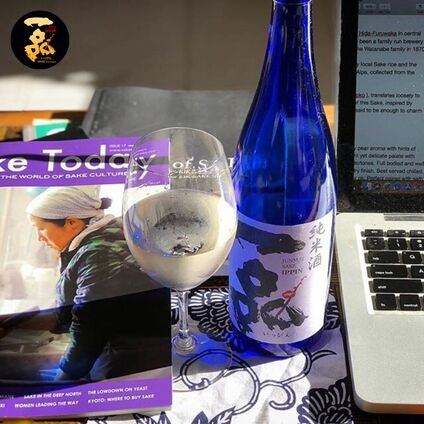 Category: Junmai Rice: Tamasake Rice Polishing: 60% Acidity: 1.9 SMV: +4 Alc:15% Recommended: Room or cool Prefecture: Ibaraki Brewery: Yoshikubo Sake Brewery Co For Traditional Ippin Junmai sake, rice is sourced from another prefecture. Tamasake, the sake rice used for Ippin Junmai, is sourced from the Shiga prefecture next to Osaka. Yoshikubo's main aim was to create big umami taste and Tamasake, which yields a bigger grain, which is good for brewing longer to get the umami taste profile was chosen for this purpose as this profile cannot be easily captured from normal local sake rice. Ippin Junmai has a high polishing ratio, which is 60%, which means 40% has been milled away, allowing the smooth mouthfeel texture but still keeping the umami character alive as the brewer intended to create. For Ippin Junmai, we can capture a banana-like aroma, which is quite sensitive, but this promotes the lactic flavour which comes from the yeast. The room temperature allows us to experience the umami mouthful apparent on the palate but still super smooth due to the high polishing and water source of soft water to be enjoyed throughout the palate. The mouthfeel is keeping the toji intention of the umami still apparent when you taste. The smooth texture is based on the polishing of the rice and attention to detail throughout the low fermentation. Warm Sake comparison with traditional Junmai: Compared to Ippin Junmai at room temperature, the umami increased due to warmth of the sake being heated up the acidity arises, although it becomes sweeter but yet smoother. It is more aromatic, the banana-like aroma is more fruity and free-flowing around your nose, and the taste has more umami mouthfeel, which feels silkier and spreads more throughout the palate but doesn't linger too long even though the acidity seemed high straight off. 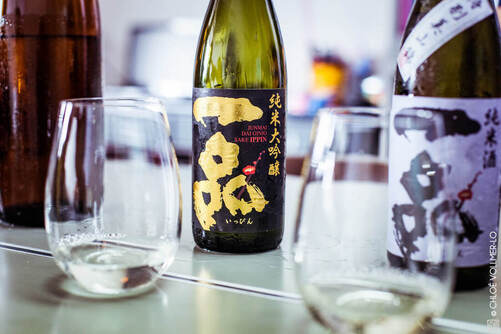 Category: Junmai daiginjo Rice: Yamadanishiki Rice Polishing: 50% SMV: +4 Acidity: 1.5 Alc: 16% Prefecture: Ibaraki Recommended: room or cool Brewery: Yoshikubo Sake Brewery Yamadanishiki as known as the king of rice. For Brewer's intention for a Daiginjo style is to create a fruity taste and ginjo-like aromas more than Ippin traditional junmai sake. This Special sake rice is famous for its fruitiness, which is easier to create for most premium sake. Different yeast provides different aromas Ippin junmai daiginjo creates pineapple aroma or tropical aroma. Brewer's intention skill is recognized for creating the expected aroma to be able to be accessed for competition. The taste profiles at room temperatures which is smoother than traditional junmai because of the different style and also higher polishing ratio than Ippin Junmai it has more velvety fruitiness with a dry clean, crisp finish. The richness throughout taste journey is always revisited to your palate which may seem creamy and abit chewy but influences your mind to tell you to start matching something saucy or full bodied. Connecting how the Brewer' intention of the end result creates the experience to the consumer; what consumers should experience ? and What consumers can experience there is no limitations in the world of Japanese sake....
1 Comment
|
Categories |
© COPYRIGHT 2021 ALL RIGHTS RESERVED.

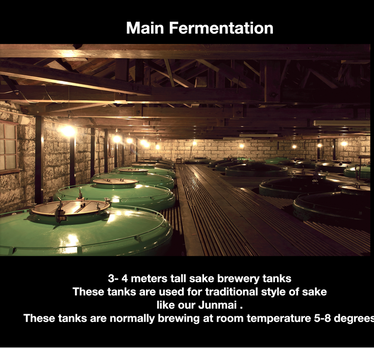
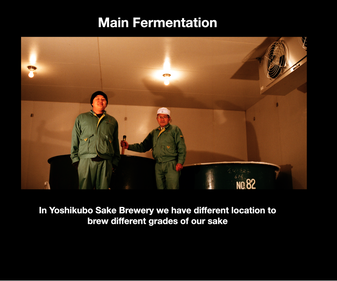
 RSS Feed
RSS Feed